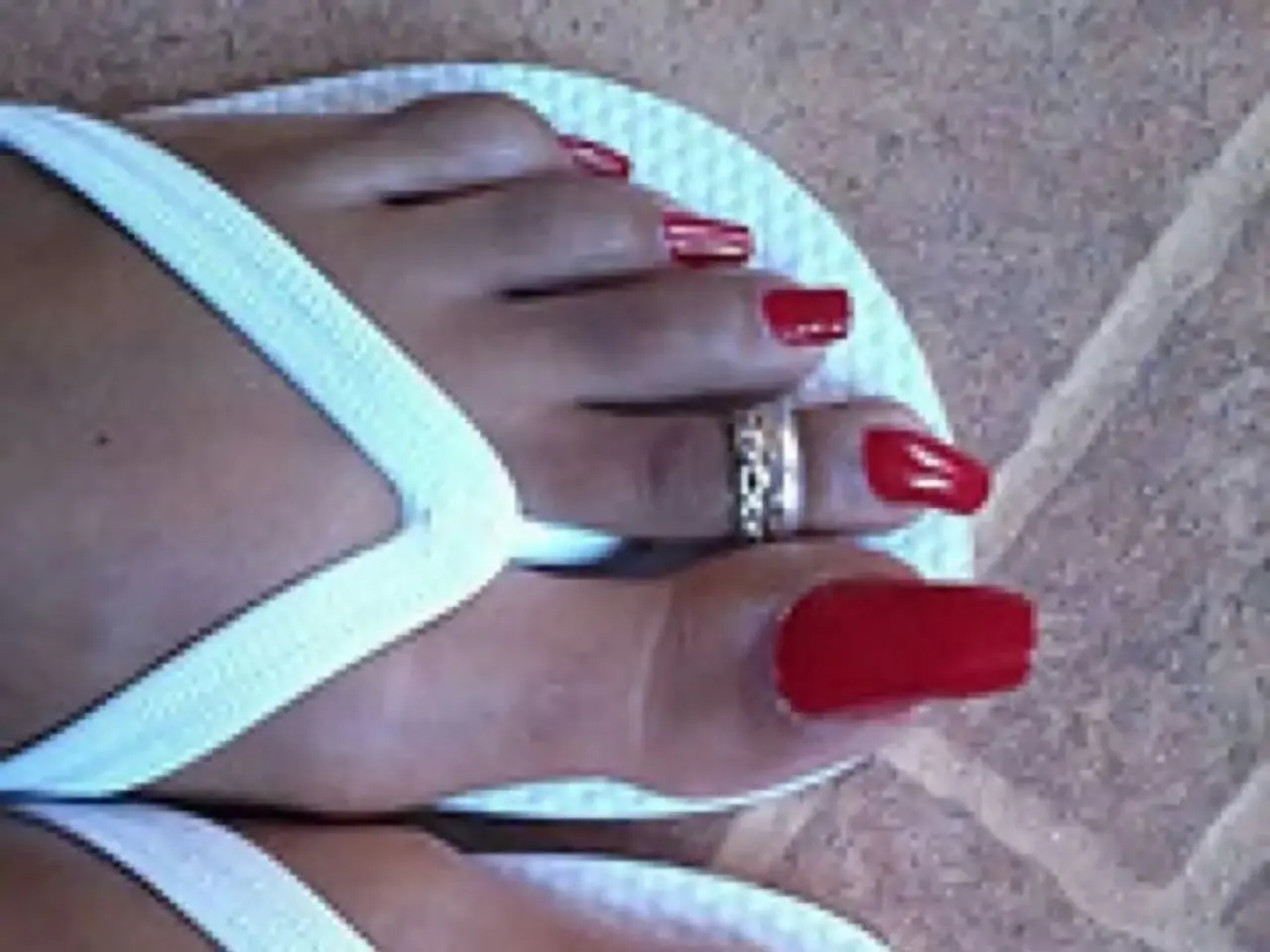Unusual Walking Patterns: Classifications, Root Causes, and Diagnostic Approaches
Abnormal gait, a deviation from the typical pattern of walking, is often a sign of underlying medical issues. This article provides an overview of the common causes, types, and treatments associated with abnormal gait.
---
### Common Causes of Abnormal Gait
Abnormal gait can be caused by a variety of factors, including neurological disorders, musculoskeletal injuries and disorders, aging-related changes, medication side effects, cardiovascular and metabolic conditions, and other contributing factors such as vision problems, inner ear balance issues, foot deformities, and improperly fitting shoes.
---
### Types of Abnormal Gait
Abnormal gait is categorized into five main types: spastic gait, scissors gait, steppage gait, waddling gait, and propulsive gait.
- Spastic gait is characterized by stiff, awkward walking due to muscle tightness and hypertonia, often seen in cerebral palsy and multiple sclerosis. - Scissors gait is characterized by the legs crossing over each other during walking, often associated with spastic cerebral palsy. - Steppage gait is characterized by a person's toes pointing towards the ground while walking, often causing the toes to scrape against the ground as the person steps forward. - Waddling gait is characterized by a person moving from side to side while walking, taking short steps and swinging the body. - Propulsive gait is characterized by a person walking with their head and neck pushed forward, appearing as though they are rigidly holding a slouched position.
---
### Treatments for Abnormal Gait
Treatment for abnormal gait is multidisciplinary and often centered on physical therapy and addressing underlying conditions to restore as normal a walking pattern as possible.
- Physical Therapy: Tailored exercises to improve strength, flexibility, balance, and coordination help manage spasticity and retrain walking patterns. - Medical Management: Treating underlying neurological or musculoskeletal disorders, administering medications to reduce spasticity or inflammation, and addressing cardiovascular or metabolic issues contribute to improving gait problems. - Orthotic Devices and Proper Footwear: Braces, orthotics, or specially fitted shoes can improve support and alignment. - Surgical Interventions: In some cases, surgery may be necessary to correct structural problems. - Assistive Devices: Canes, walkers, or wheelchairs may be used to improve mobility and safety.
---
It is essential to seek medical attention if you suspect an abnormal gait. Early diagnosis and comprehensive treatment can help prevent secondary problems such as postural imbalances, back pain, and joint stress due to altered biomechanics.
[1] Mayo Clinic. (2021). Abnormal gait. Retrieved from
- Obesity, a chronic disease, can contribute to abnormal gait due to weight-related joint stress and altered biomechanics.
- Ulcerative colitis, a form of inflammatory bowel disease, may lead to abnormal gait as a result of joint pain and inflammation in the hips or lower back.
- Science has revealed predictive associations between certain medical conditions, such as depression, bipolar disorder, migraine, eczema, and abnormal gait, although the exact cause-and-effect relationships remain unclear.
- Chronic diseases like colitis and mental health issues like depression and bipolar disorder often require various therapies and treatments in addition to proper nutrition and fitness and exercise.
- Steppage gait, one of the types of abnormal gait, is a possible sign of neurological conditions, including multiple sclerosis and certain types of peripheral neuropathy.
- In some cases, abnormal gait can be a warning sign of underlying health issues, such as cardiovascular and metabolic conditions, which may require medical attention or lifestyle changes focusing on health and wellness.
- Proper nutrition plays a crucial role in managing several conditions associated with abnormal gait, such as osteoarthritis, rheumatoid arthritis, and obesity.
- Comprehensive treatment for abnormal gait may include a combination of physical therapy, medical management, orthotic devices, proper footwear, surgical interventions, and assistive devices to promote better health and overall wellness.




